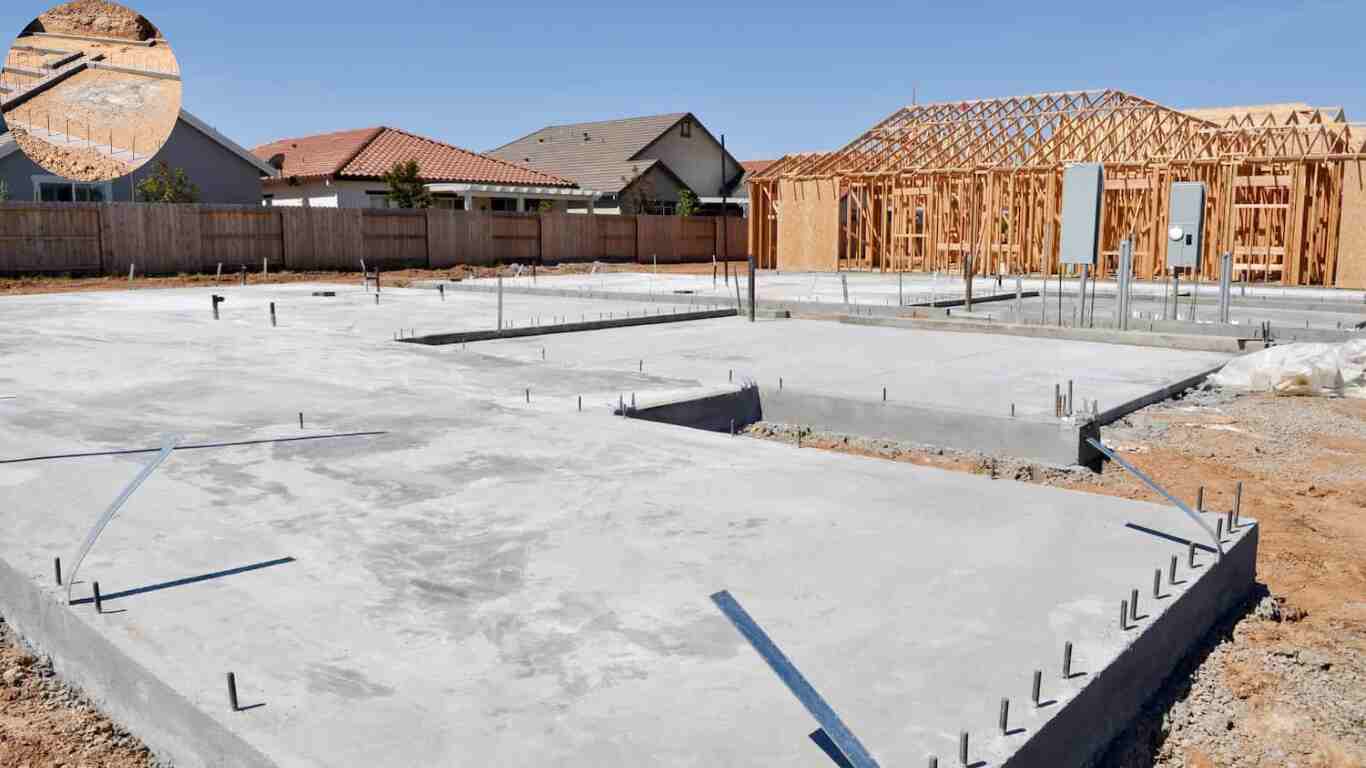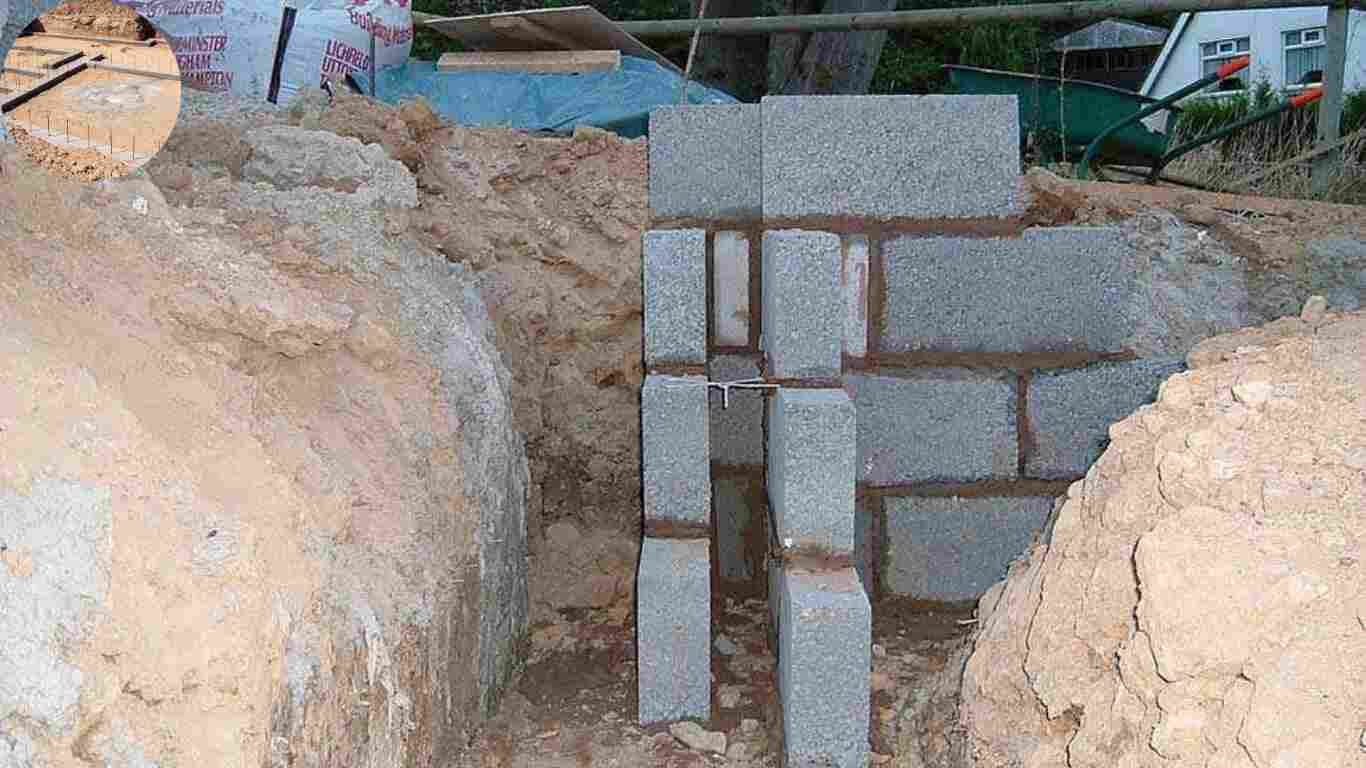A house’s foundation is the critical structural element that supports the entire weight of the building and ensures its long-term stability. Determining how deep a foundation should be is not a one-size-fits-all decision; it depends on several factors including soil type, local climate, building codes, and the type of foundation chosen. For example, the depth required can vary from about a foot for slab foundations to as much as eight feet or more for basements. Local conditions such as frost lines, groundwater levels, and soil properties also play a significant role in this decision, making it essential to assess each site individually to ensure the foundation is both safe and durable. Understanding these variables is key to laying a foundation that will stand the test of time and protect your home from structural issues.
Understanding the Importance of a Solid Foundation
How a Strong Foundation Ensures Long-Lasting StructuresIt supports the weight of the entire building, distributing it evenly to prevent shifting or settling. Without this essential base, even the most beautiful homes can face serious issues.
Think about it: cracks in walls, uneven floors, and even water leaks are often symptoms of a faulty foundation. These problems not only compromise safety but also lead to expensive repairs down the line.
Moreover, a strong foundation helps resist environmental factors like soil movement and moisture fluctuations. This resilience ensures your home remains stable over time.
Building on a weak or shallow foundation may seem cost-effective at first, but it’s a gamble that rarely pays off. Investing in quality groundwork now safeguards your property for years to come and enhances its overall value.
Factors to Consider When Determining the Depth of a House Foundation
When determining the depth of a house foundation, several crucial factors come into play. One primary consideration is the local climate. Areas prone to frost require deeper foundations to prevent heaving during freeze-thaw cycles.
Soil type also significantly impacts foundation depth. Sandy soils drain well but may shift under pressure, while clay retains moisture and expands or contracts. Understanding these characteristics helps in choosing the right depth.
The weight of your structure matters too. Heavier homes need more robust support systems, often leading to deeper foundations for stability.
Proper grading around your home can help manage water flow, influencing how deep you’ll need to go for optimal protection against erosion and settling.
Nearby trees and vegetation can affect soil stability as their roots spread and absorb moisture from the ground. Each factor contributes uniquely to ensuring a solid base for your home.
You may also read (architecture).
Local Building Codes and Regulations
Local building codes and regulations play a crucial role in determining the depth of a house foundation. Each region has specific requirements tailored to its unique environmental conditions, such as climate and soil type.
These codes ensure that homes can withstand local weather patterns, including heavy rains or freeze-thaw cycles. They often specify minimum foundation depths to prevent issues like settling or heaving.
Homeowners must check with their municipal offices before breaking ground. Regulations might also dictate the materials used in construction, influencing overall stability and longevity.
Ignoring these guidelines can lead not only to safety hazards but also costly repairs down the line. It’s essential for builders and homeowners alike to stay informed about current standards. This knowledge fosters compliance and peace of mind throughout the construction process.
Types of Foundations and Their Recommended Depths
When it comes to house foundations, several types are commonly used, each with specific depth recommendations.
The most typical is the concrete slab foundation. Generally, this type should be around 4 to 6 inches deep in warmer climates but can go deeper in regions that experience frost.
This type typically requires a depth of about 18 inches to accommodate ventilation and access while providing stability.
Basement foundations are usually deeper due to their structural demands. They often range from 7 to 9 feet below ground level, ensuring ample headroom and support for the home above.
Pier and beam foundations offer flexibility for uneven terrain. the Importance of Extending Piers 30 Inches Below the Frost Line.
Each foundation type serves its purpose based on design needs and environmental factors.
The Role of Soil Conditions in Foundation Depth
Soil conditions play a crucial role in determining how deep a house foundation should be. Different types of soil have varying load-bearing capacities, which directly affect the stability of your structure.
Clay, for example, can expand and contract with moisture changes. This movement may lead to cracks if the foundation isn’t set at an appropriate depth. Sandy soils drain well but can shift under heavy loads.
Rocky terrains offer solid support but might require deeper excavations due to uneven surfaces. Understanding your soil type through professional testing is essential before deciding on foundation depth.
Moisture levels also matter; overly saturated soils can weaken foundations over time. Each geographical area has unique soil characteristics that influence construction practices.
By assessing these factors early on, homeowners can avoid costly issues down the line and ensure their homes remain safe and secure for years to come.
Tips for Ensuring a Strong and Stable Foundation
To ensure a strong and stable foundation for your home, start by conducting thorough research. Understanding local soil conditions is vital. Perform soil tests to determine its composition and drainage capabilities.
Choose the right type of foundation based on your findings. Options include slab, crawl space, or basement foundations; each has unique benefits depending on environmental factors.
How Compliance Can Enhance Your VisibilityThese guidelines are designed not only for safety but also for durability in various weather conditions.
Use quality materials during construction. Investing in high-grade concrete and reinforcement will pay off in the long run. Proper curing of concrete can’t be overlooked either; this process strengthens the overall structure.
Consider hiring professionals with experience in foundation work. Their How Expert Analysis Can Prevent Major Issues in Your Business.
Taking these steps will contribute significantly to creating a robust foundation that stands the test of time.

